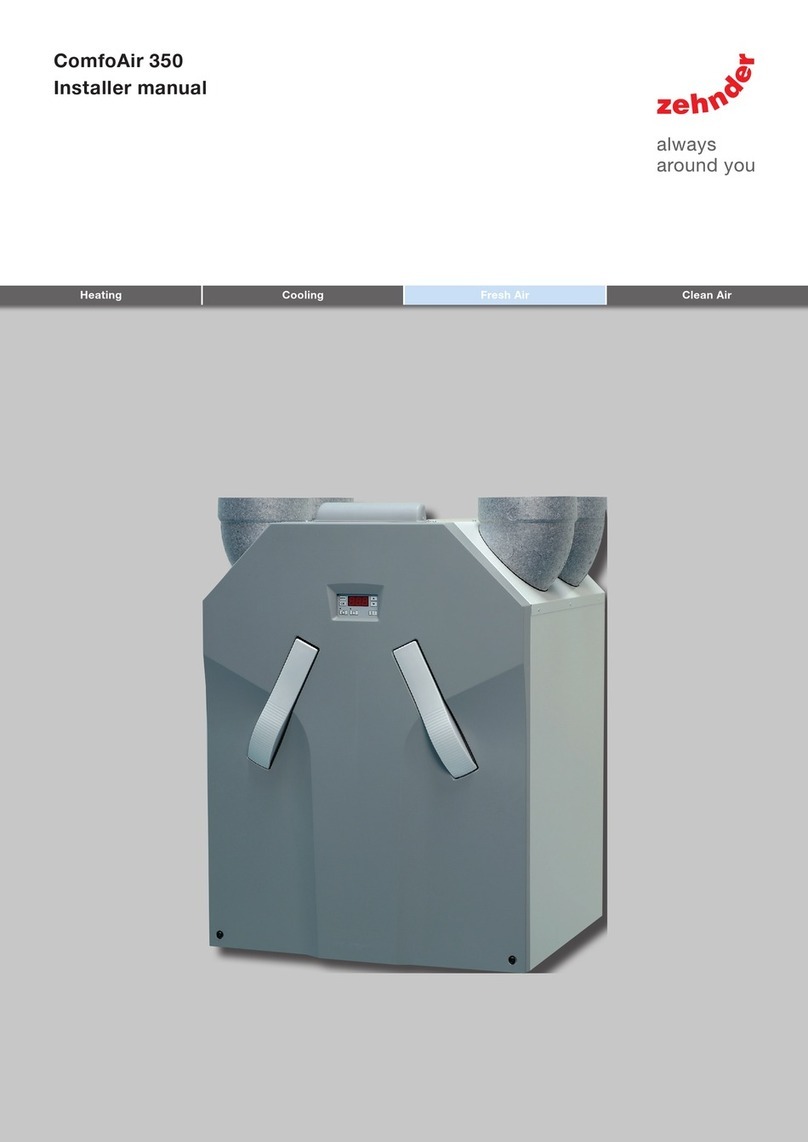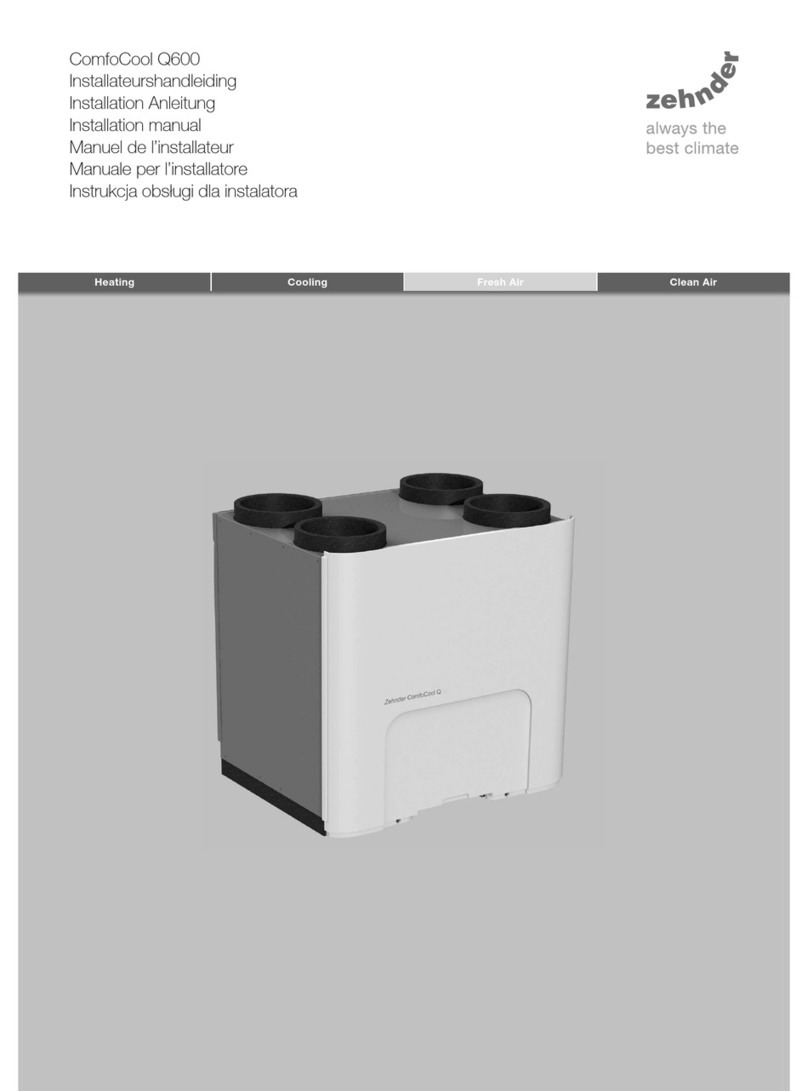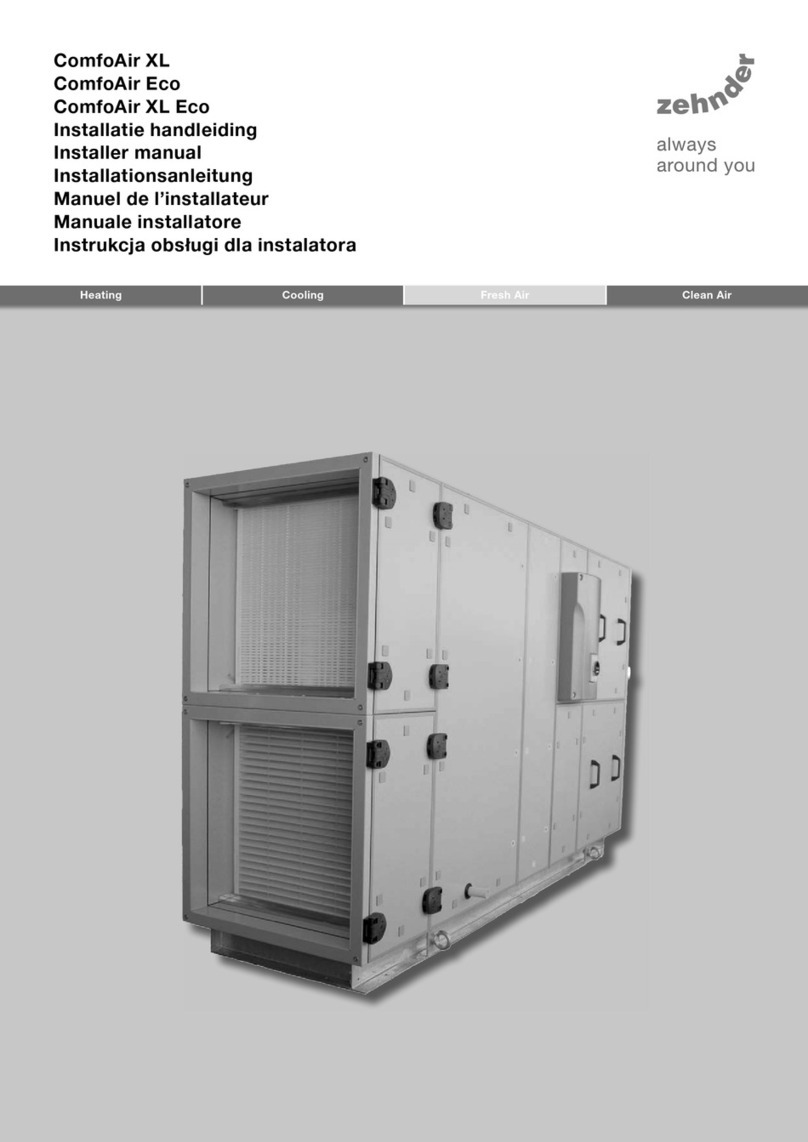
2 - EN EN - 3
Table of contents
Foreword ...................................................................................................................................................................2
1. Safety instructions ................................................................................................................................................... 5
2. Transport and unpacking......................................................................................................................................... 5
3. Installation conditions .............................................................................................................................................6
4. Technical specifications ..........................................................................................................................................6
4.1 NTC sensors........................................................................................................................................................ 6
4.2 Configuration ComfoAir XL standard...................................................................................................................7
4.3 Configuration ComfoAir XL A (modulated frost bypass in supply air) ..................................................................8
4.4 Configuration Main PCB......................................................................................................................................9
4.5 Configuration I/O PCB....................................................................................................................................... 10
4.6 Operating principle diagram .............................................................................................................................. 11
5. Installation ............................................................................................................................................................. 12
5.1 Mounting ........................................................................................................................................................... 12
5.2 Air ducts............................................................................................................................................................ 12
5.3 Condensation drain ........................................................................................................................................... 13
5.4 Siphon heating .................................................................................................................................................. 13
5.5 Constant flow control ........................................................................................................................................ 14
5.6 Sensor (0..10V) control....................................................................................................................................... 14
5.7 Constant pressure control................................................................................................................................. 14
5.8 Switch to second setpoint................................................................................................................................. 14
5.9 Summer night ventilation................................................................................................................................... 15
5.10 Modbus ............................................................................................................................................................. 15
5.11 Manually switching functions off ....................................................................................................................... 15
5.12 Reset malfunction button .................................................................................................................................. 15
5.13 Failure contact................................................................................................................................................... 15
5.14 Fire contact ....................................................................................................................................................... 15
5.15 Dirty filter alert .................................................................................................................................................. 15
5.16 External supply air temperature sensor............................................................................................................. 16
5.17 Battery .............................................................................................................................................................. 16
6. Commissioning ....................................................................................................................................................... 17
6.1 Air volume control (M02, M12-04) ...................................................................................................................... 17
6.2 Ventilation time clock (M60)............................................................................................................................... 18
6.3 PI control units .................................................................................................................................................. 19
6.4 Siphon heating (M50, M06 option 7).................................................................................................................. 19
6.5 Constant flow control (M02-10option 0)............................................................................................................. 19
6.6 Sensor (0..10V) control (M02-10 M04-11, M09)................................................................................................... 20
6.7 Constant pressure control (M02-10, M04-11, M09) ........................................................................................... 20
6.8 Switch to second setpoint (M02, M05 option 25)............................................................................................... 20
6.9 Summer night ventilation (M02-09, M05 option 21, M06 option 10)................................................................... 21
6.10 Modbus (M80) ................................................................................................................................................... 21
6.11 Manually switching functions off (M05) ............................................................................................................. 21
6.12 Reset malfunction button (M05 option 23, M06)................................................................................................ 21
6.13 Failure contact (M05 option 18, M06) ................................................................................................................ 21
6.14 Fire contact (M02, M05 option 20/24)................................................................................................................ 21
6.15 Dirty filter alert (M70, M06)................................................................................................................................22
6.16 External supply air temperature sensor............................................................................................................. 22
6.17 Battery (M06, M07)............................................................................................................................................ 22































